Granada, Nicaragua
Initially settled in 1524 by Spanish conquistador Hernández de Córdoba, Granada Nicaragua claims to be the first European city established in mainland America. It is one of the country’s oldest and largest cities, with an estimated population of 106,000. Granada is economically and politically significant but probably most well-known for preserving some of the country’s finest colonial-era architecture. Most recognizably, the iconic Catedral de Granada, or Our Lady of the Assumption Cathedral. The distinctively yellow cathedral dominates the skyline and serves as an emblem of the city.
In recent years, Granada has become one of the most popular tourist destinations in Nicaragua, boasting well-appointed accommodations and an internationally recognized culinary scene. However, despite its recent economic growth and popularity among travelers, the city hasn’t strayed too far from its cultural roots. It still has the vibrance and allure of a traditional Nicaraguan town.
With more and more travelers sharing their love for Granada across the internet, we were eager to add it to our 7-day itinerary in Nicaragua.
Getting to Granada
We arrived in Nicaragua via the capital city of Managua, so renting a car from the Augusto C. Sandino International Airport was the easiest and most convenient way for us to travel to Granada. The drive takes an hour, and the roads are surprisingly modern relative to the poverty level across the country. I believe this is due to China’s Belt and Road Initiative across Central America, but I have done little research. Even more surprising than the quality of infrastructure is the variety of local transportation arrangements we saw during our commute. Some of them seemed a little death-defying.
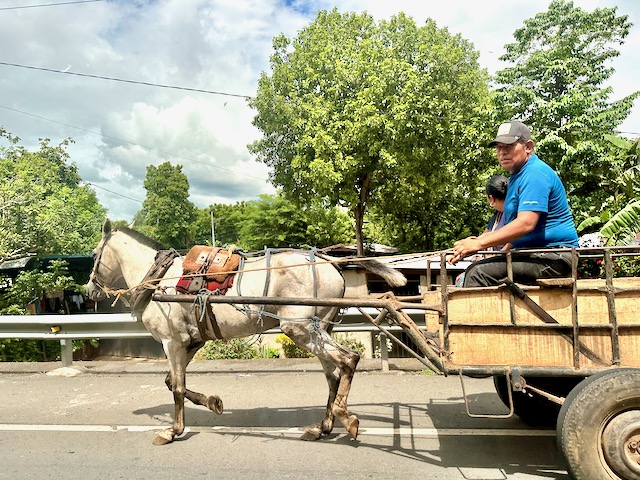
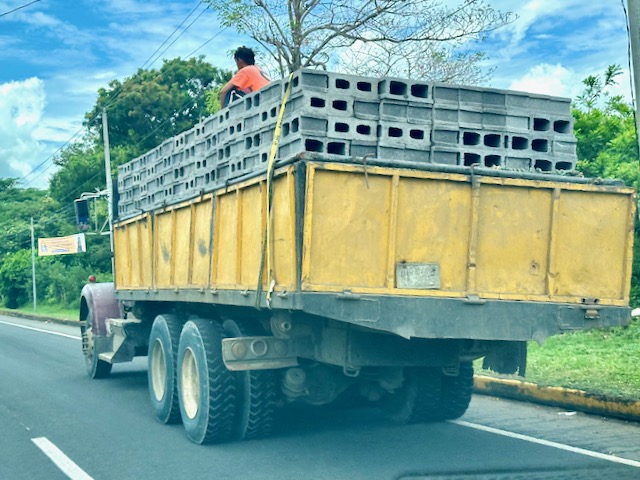
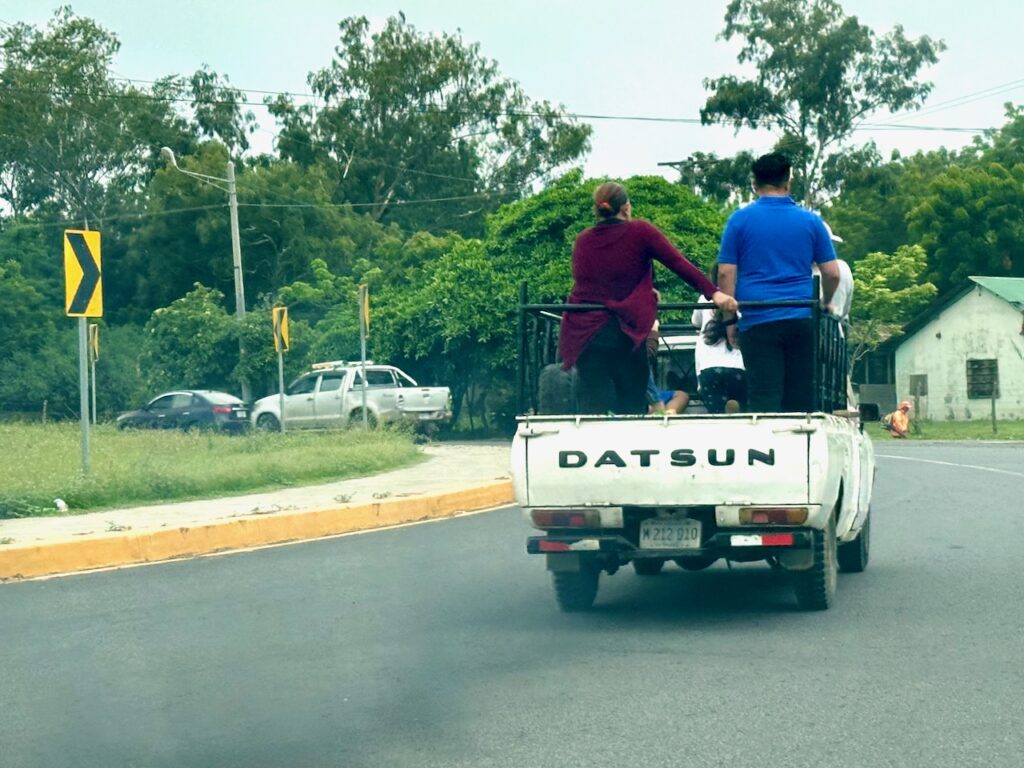
Granada’s Central Park
Granada was our second destination during our week-long adventure in Nicaragua, and we arrived in town just before noon. After checking in to our Airbnb, Casa Diamante, in the heart of Granada’s restaurant and historic district, we couldn’t wait to get out and explore the city. Walking along the famous Calle La Calzada, we headed toward Parque Central to see Granada’s most iconic landmark, Catedral de Granada.
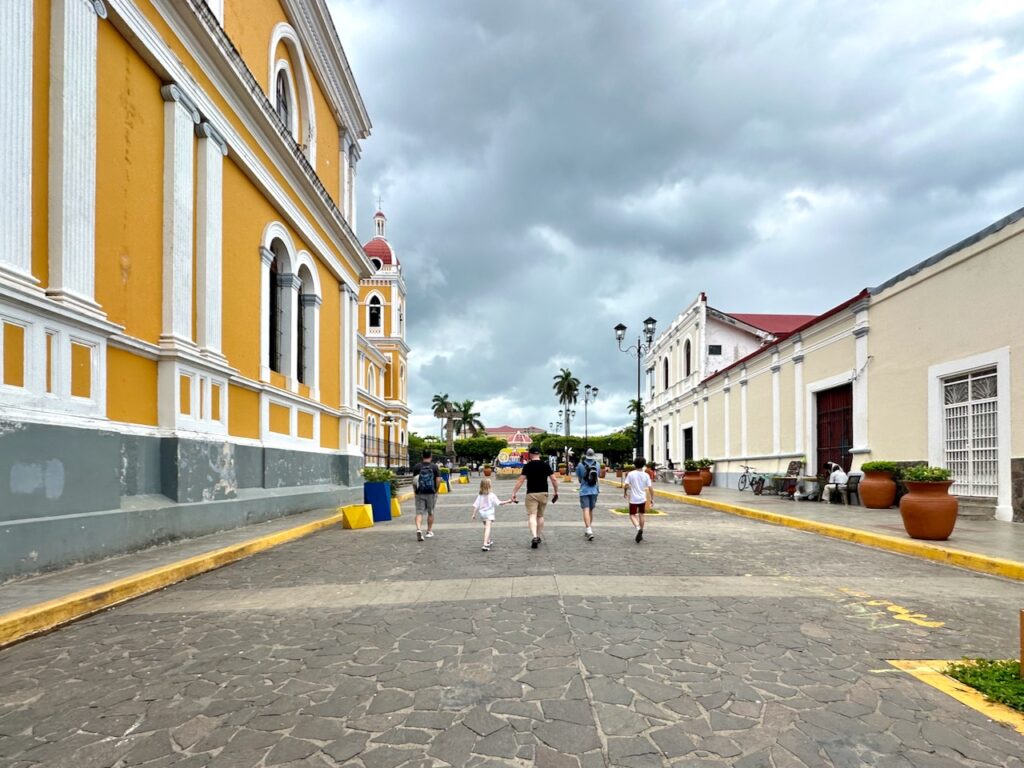
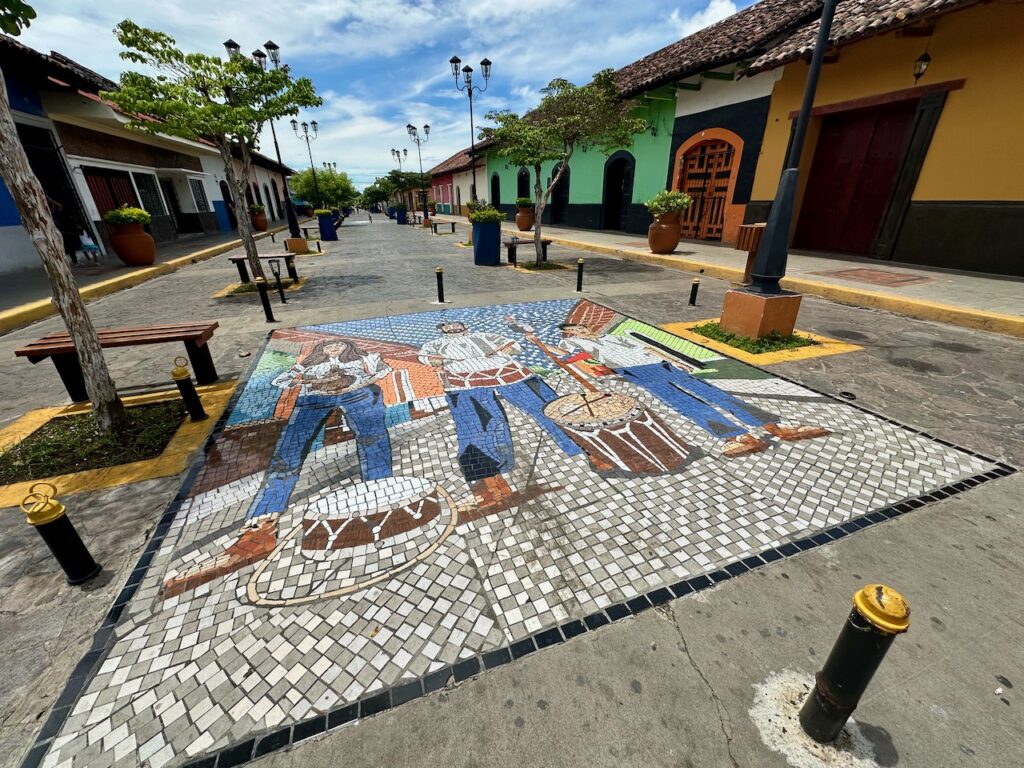
Also known as Our Lady of the Assumption, the yellow and white bell towers and crimson domes of the Catedral dominate the city’s main square. The Catedral is the crown jewel of Granada’s colonial inheritance and one of Nicaragua’s most replicated images for tourist books and trinkets. The Catedral has been destroyed and rebuilt many times, with the latest version completed in 1915. We didn’t enter the cathedral, but the exterior of the building is every bit as lovely as its reproductions.
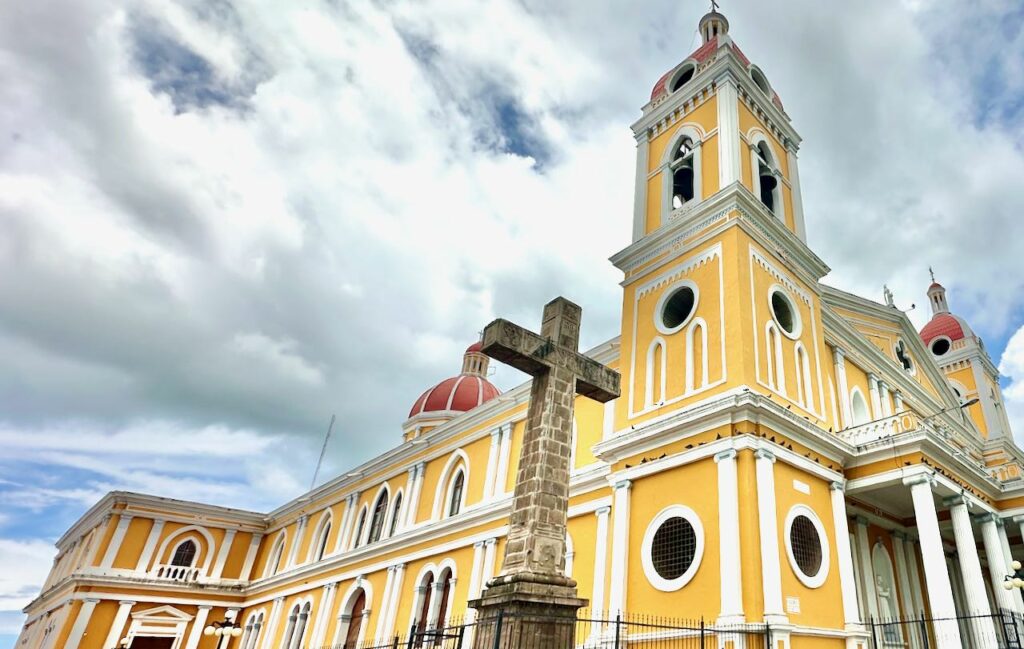
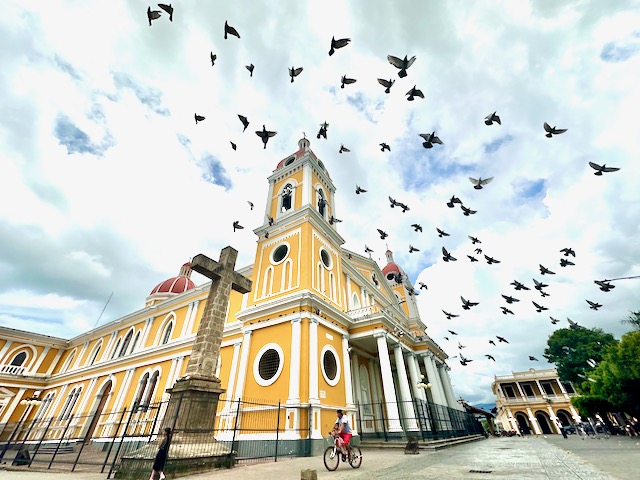
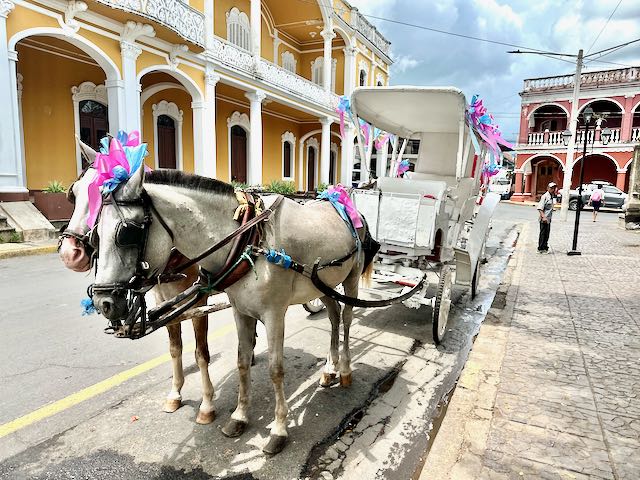
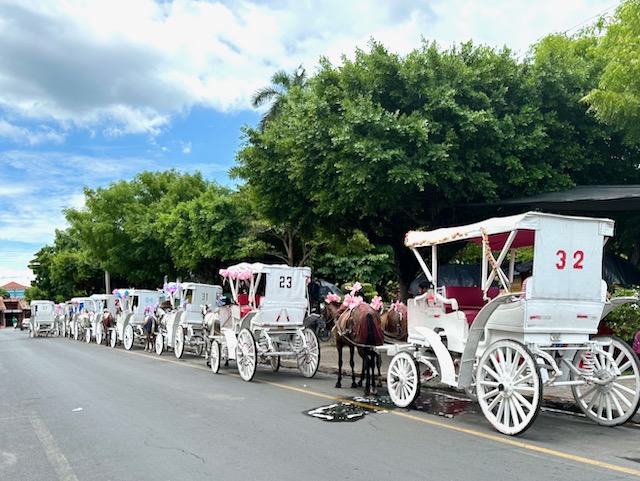
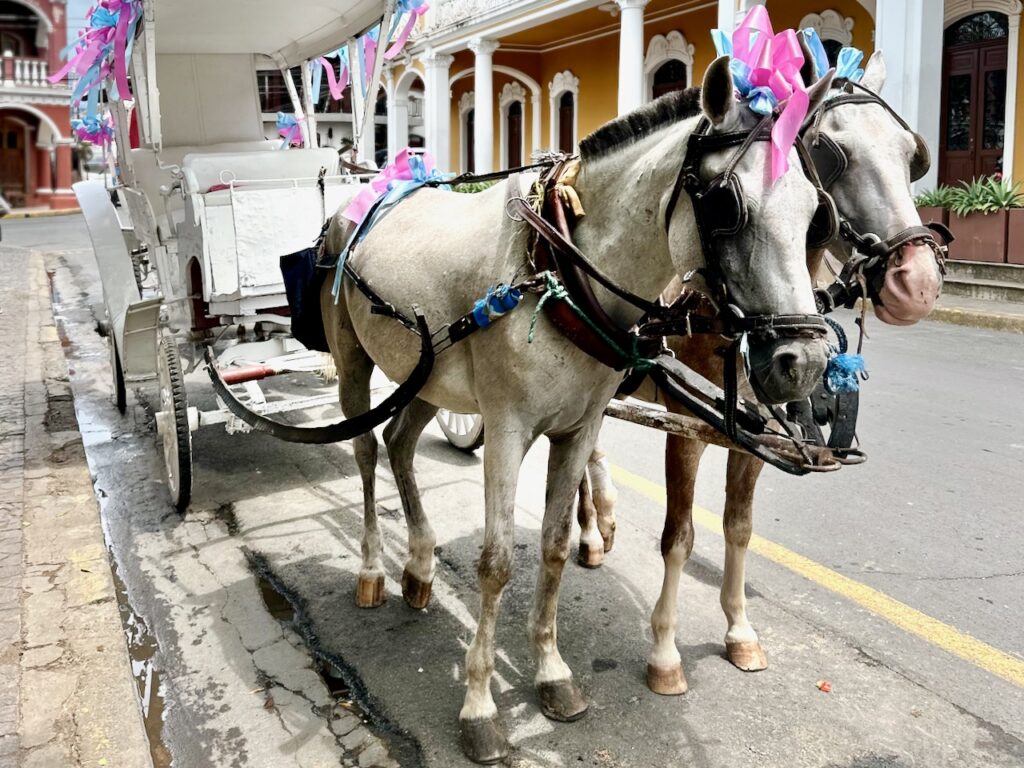
Granada’s equally iconic, colorful horses and buggies are also in Parque Central. Lavishly decorated in flowers and ribbons, at least a dozen of these beauties line up dutifully along the park’s edge. We didn’t take a tour, preferring to admire and photograph them from the street, but enjoying a ride through the city is a very popular tourist activity. The park is also a hub for local events and gatherings, providing a glimpse into the daily life and traditions of the local people.
Granada’s Municipal Market
The Mercado Municipal Market is a must-visit for anyone wanting to experience Nicaragua’s local culture and cuisine. Located just a short walk from Parque Central, this market is a bustling shopping hub for locals. Even if you’re not looking to buy anything, exploring its maze of stalls can be both eye-opening and entertaining. You will find practically everything you could imagine in its labyrinth of crowded displays: clothes, toys, produce, fresh meat, sneakers—it’s all there!
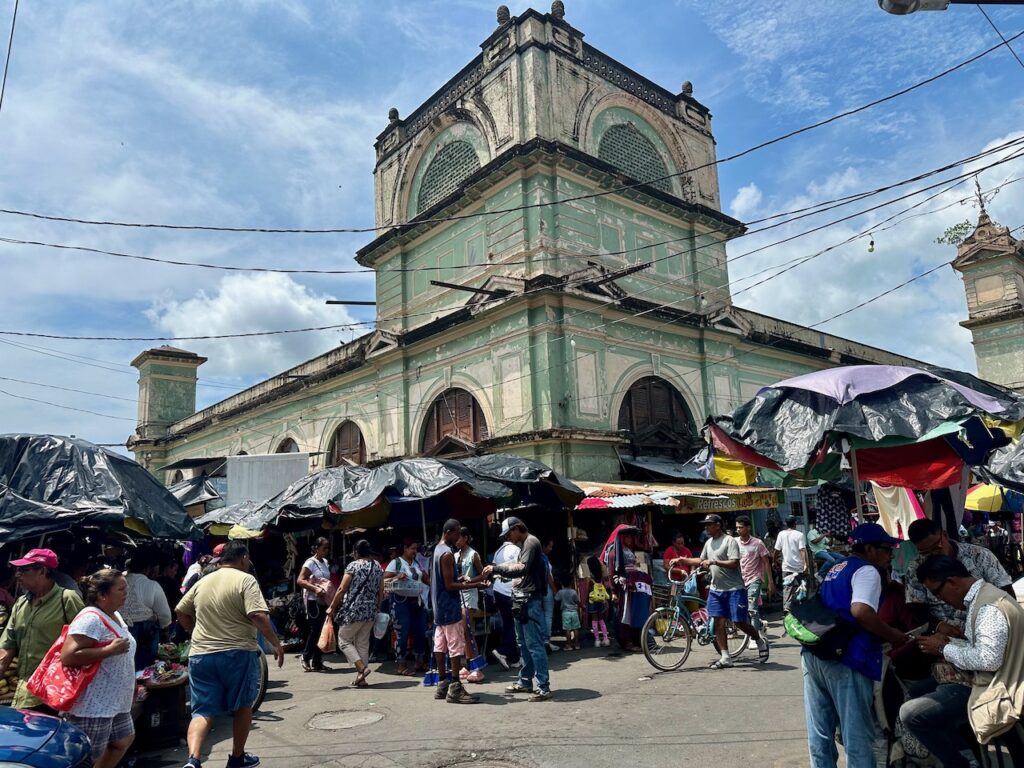
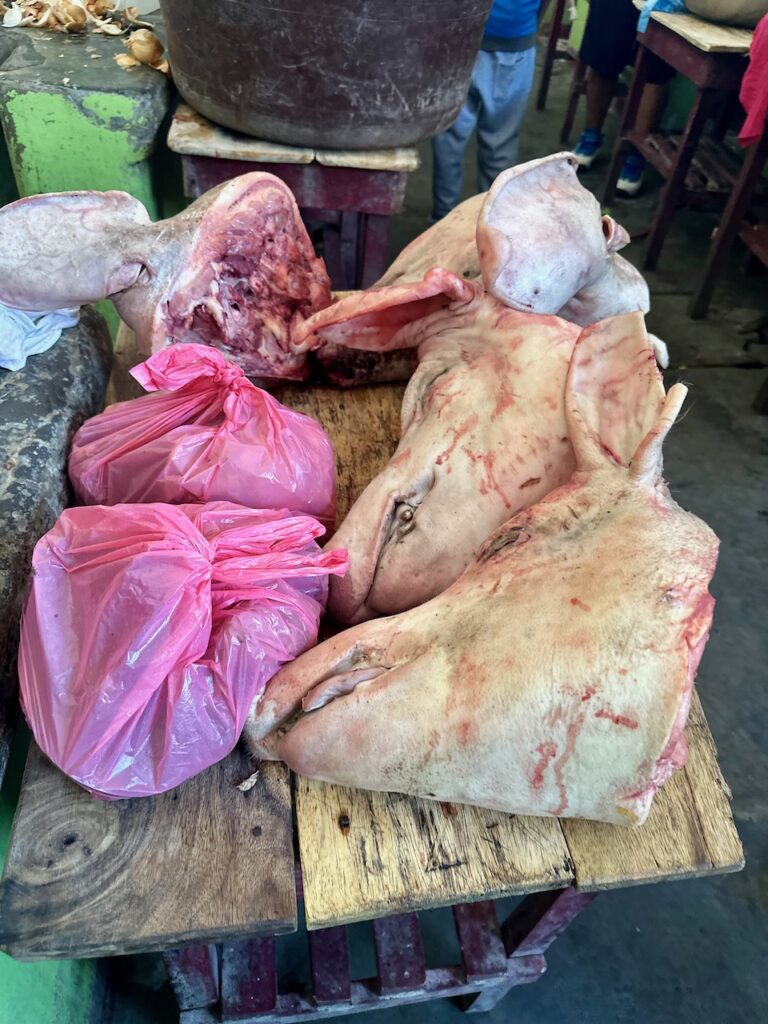
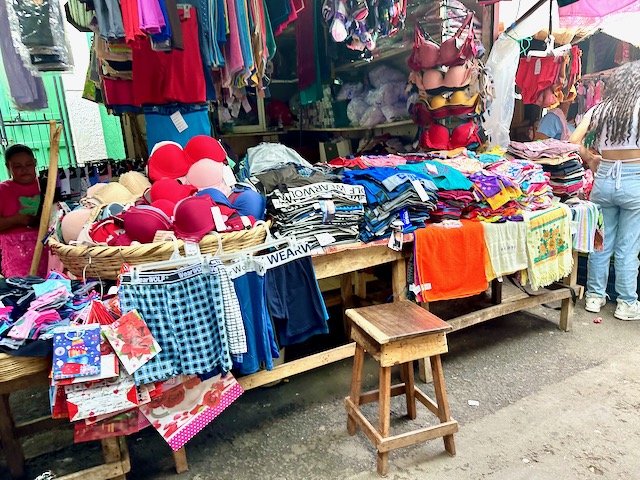
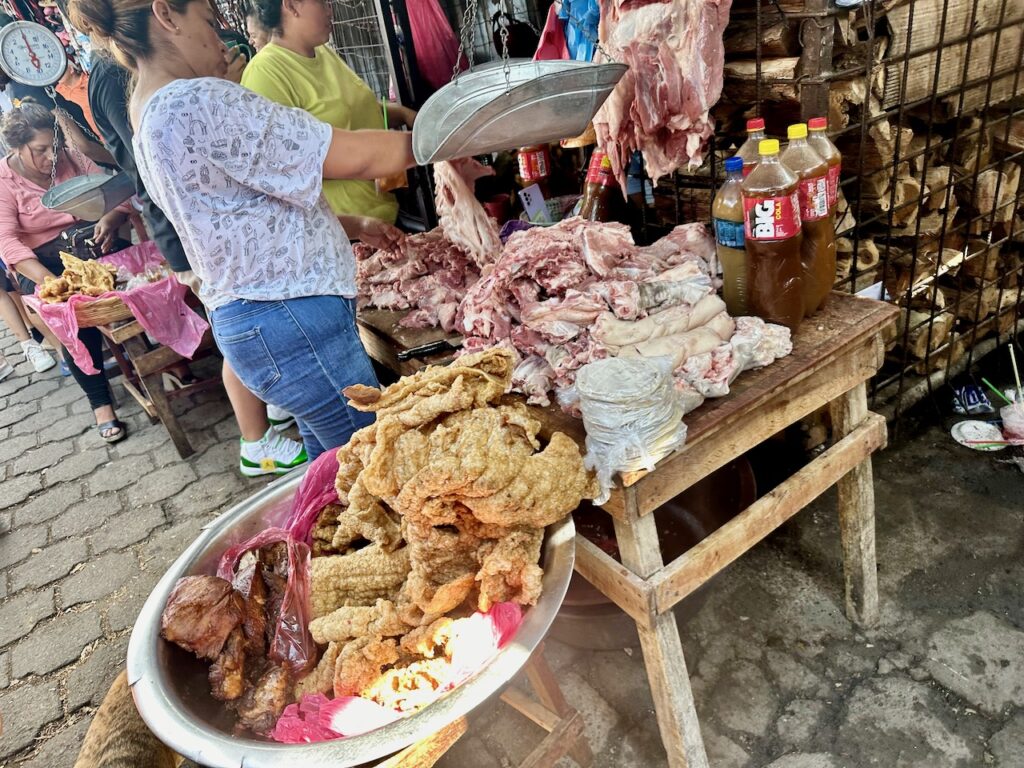
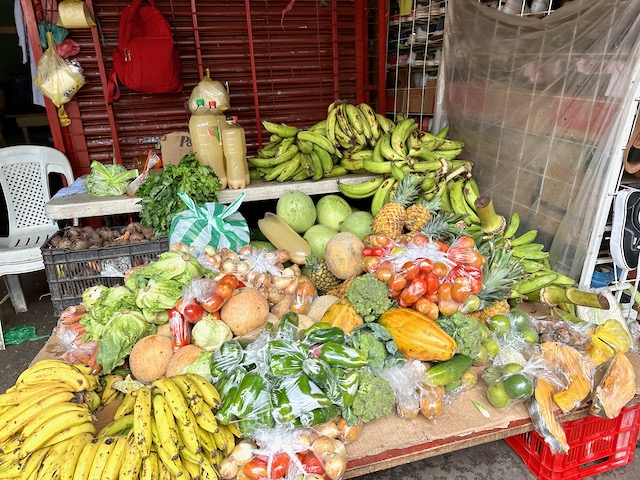
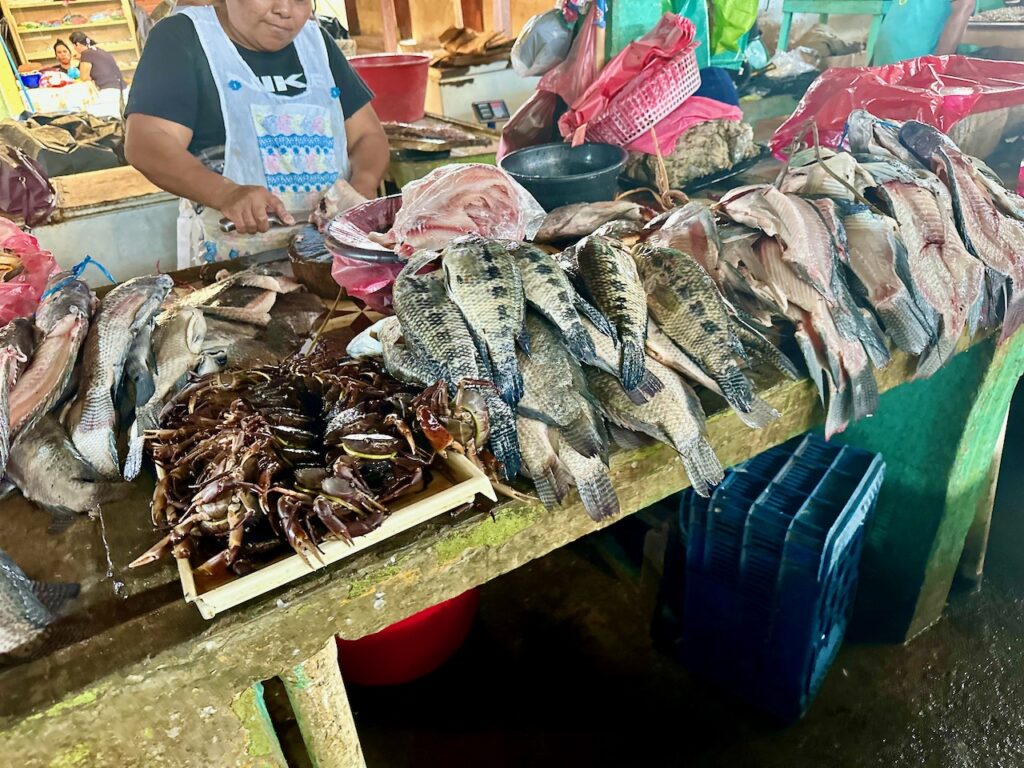
We visited Mercado Municipal Market several times during our two days in Granada. It is an experience like no other—a sensory overload, not for the claustrophobic or the faint of heart. Noisy shoppers crowd along narrow pathways of tables and displays, and the smell is indescribable, especially in the market’s interior, where piles of fresh meat and seafood are on display and covered in flies. It will quickly turn a weak stomach, but such an authentic provincial shopping experience is worth it.
We even saw some amusing wild life during our visits to the Market!
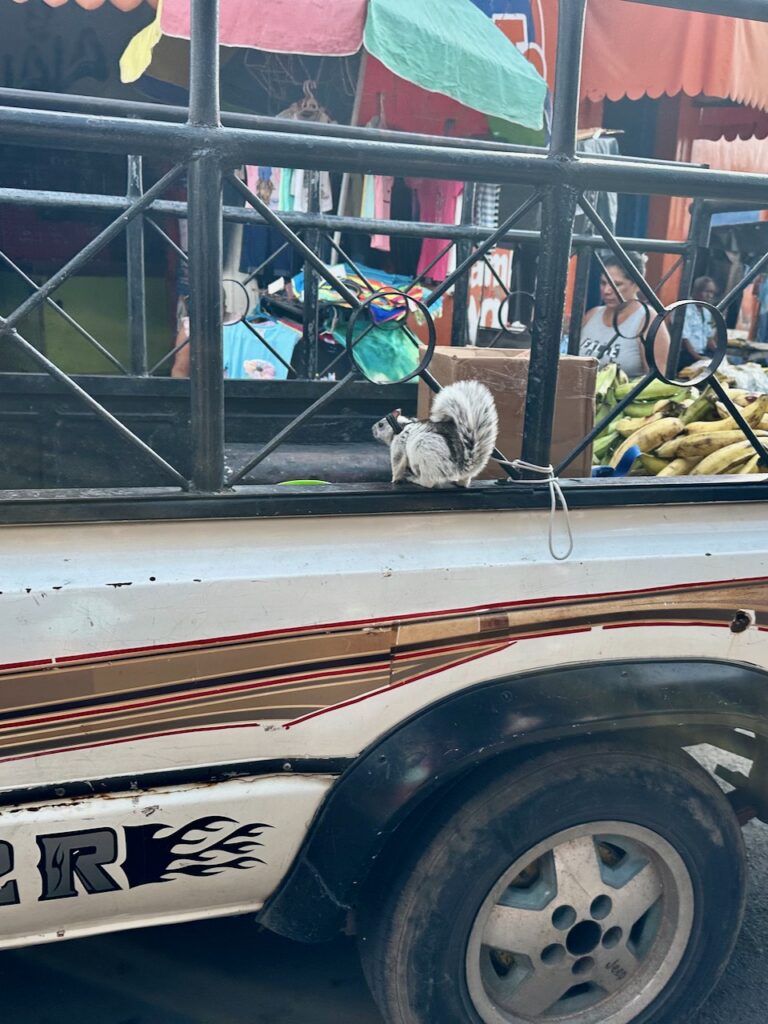
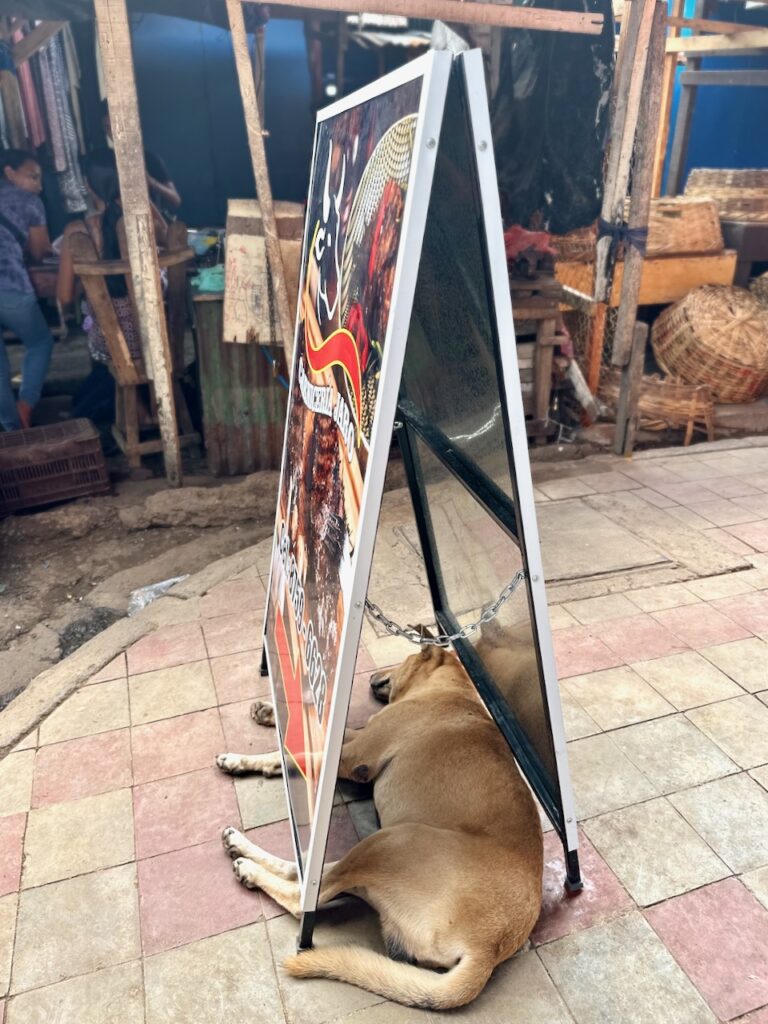
Chocolate Museum
The Chocolate Museum was a destination pick for the kids, but we all enjoyed the experience. The small museum/gift shop offers a two-hour “Bean to Bar Workshop” teaching the chocolate-making process, from the cacao tree in the jungle to the chocolate bar in their store. The hands-on experience lets you make custom-flavored chocolates to take home. The workshops are daily at 11 a.m., 2 p.m., and 4 p.m. and last approximately 2 hours. Your chocolates are ready for pick up about 45 minutes later.
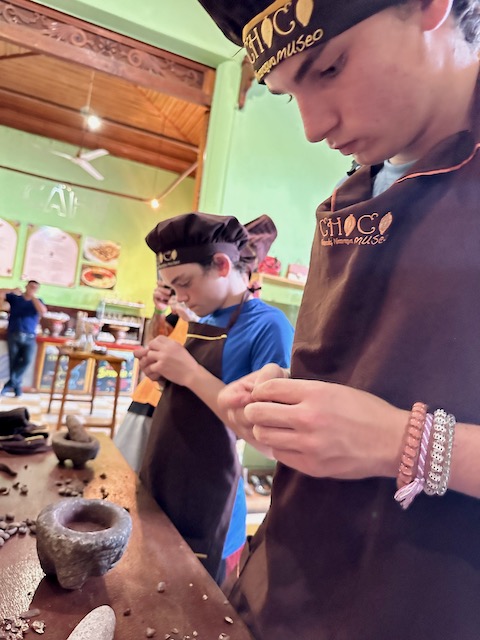
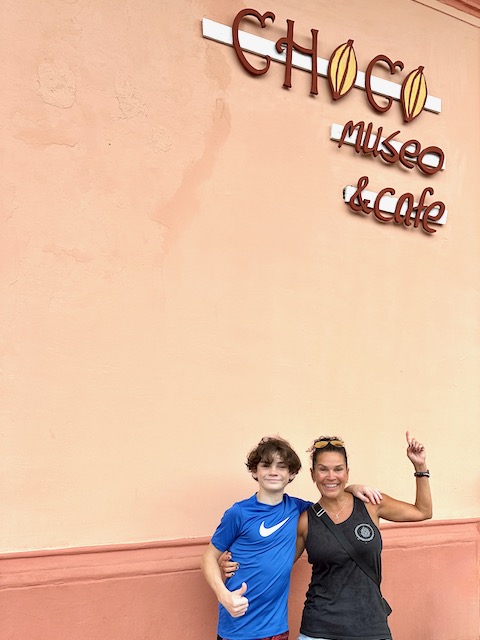
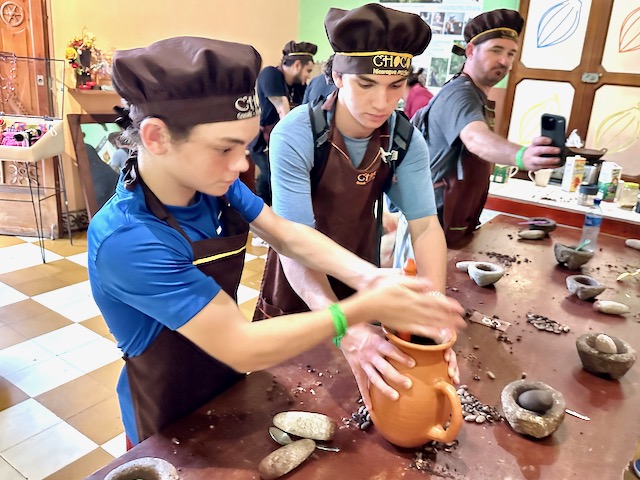
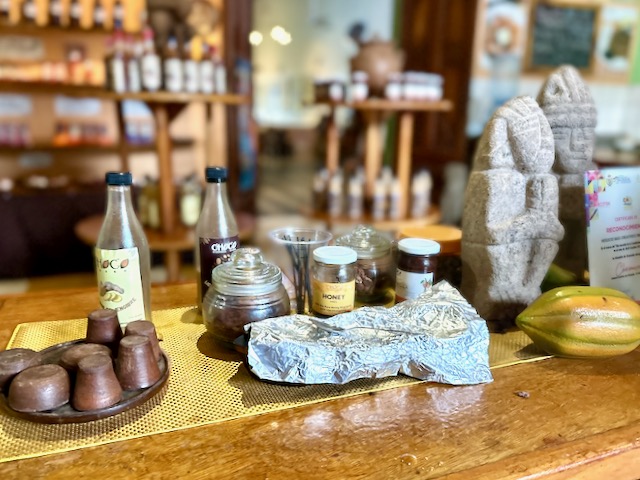
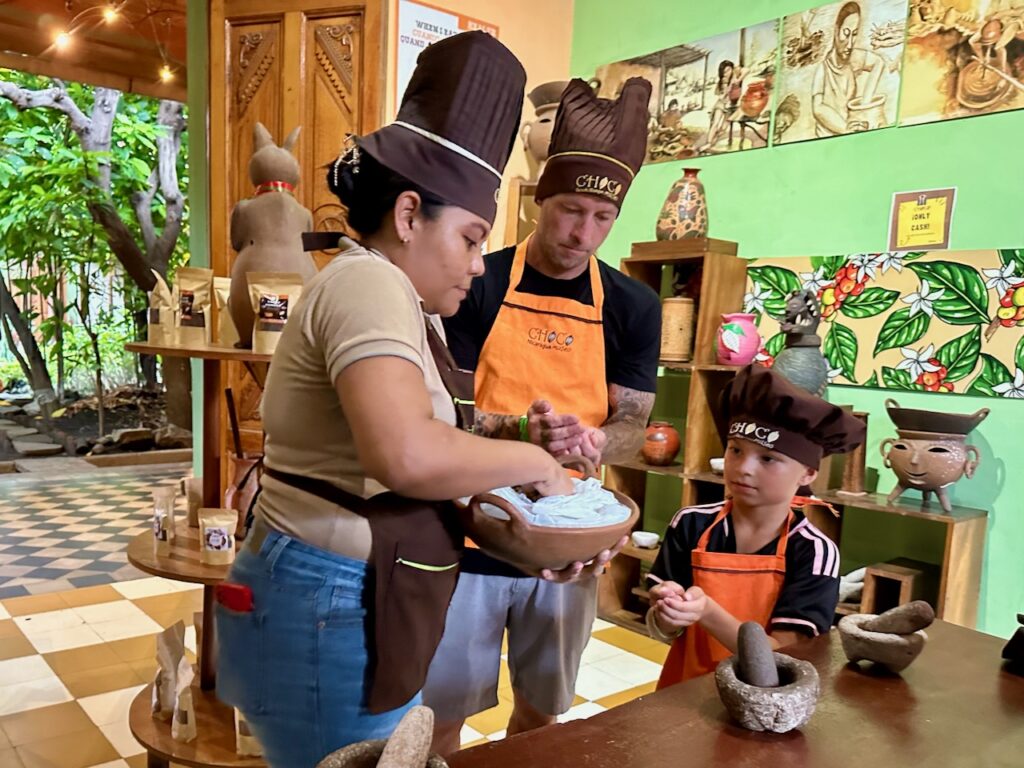
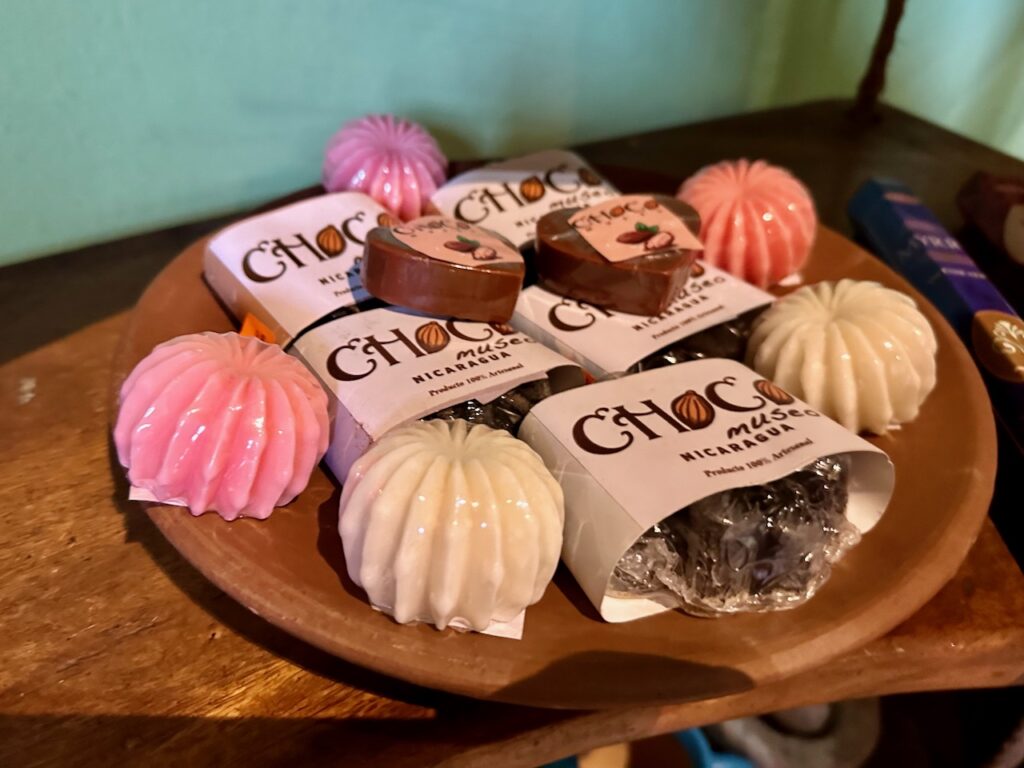
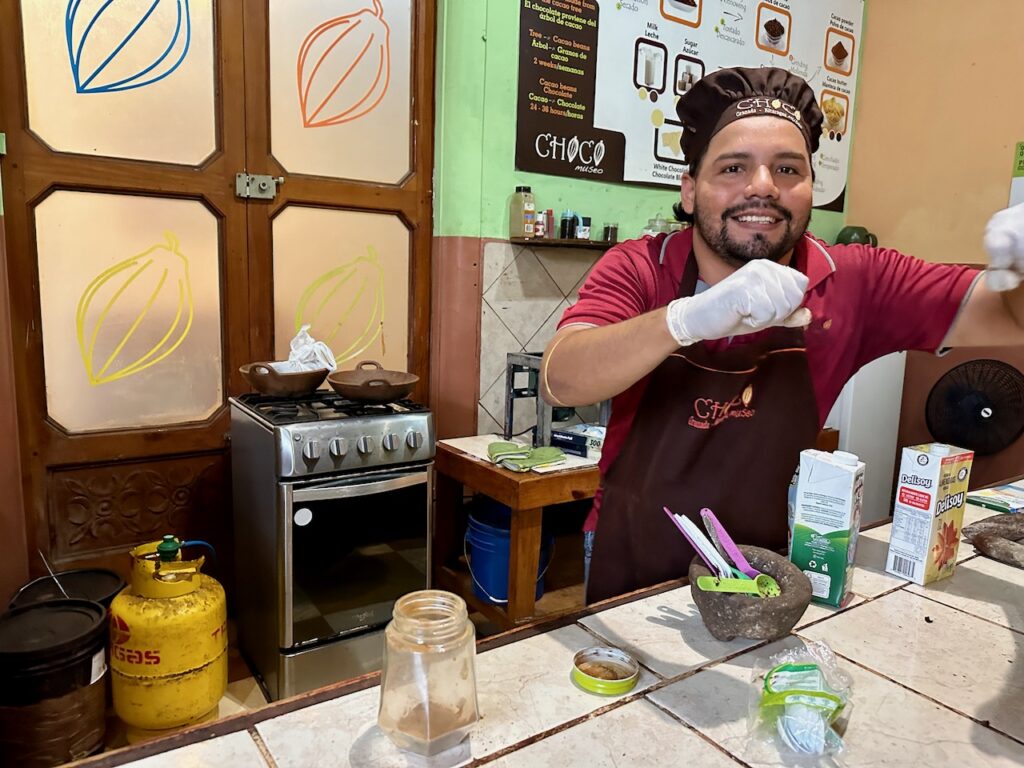
The hosts, or tour guides, are friendly, accommodating, and educational. As they guided us through the chocolate-making process, they shared chocolate’s history and importance in Nicaragua. The process was sometimes tedious, but the end result was well worth the work.
The museum also has a gift shop, a fascinating collection of historical chocolate artifacts, and a tasting room where you can sample different types of chocolate.
Boca Baco Restaurant
Having researched restaurant options before arriving in Granada, I had a short list of highly rated eateries that would please our crowd. At the top of that list was Boca Baco.
In their own words, Boca Baco offers a unique culinary experience that combines rich Spanish tradition with influences from Mediterranean and Japanese cuisine. The menu includes everything from steak chimichurri to sushi, with a few American options like burgers and boneless fried chicken. There is something for everyone, and every bite is delicious. Since we primarily snacked throughout the day, and this was our first genuine meal in Granada, it was a much-anticipated success!
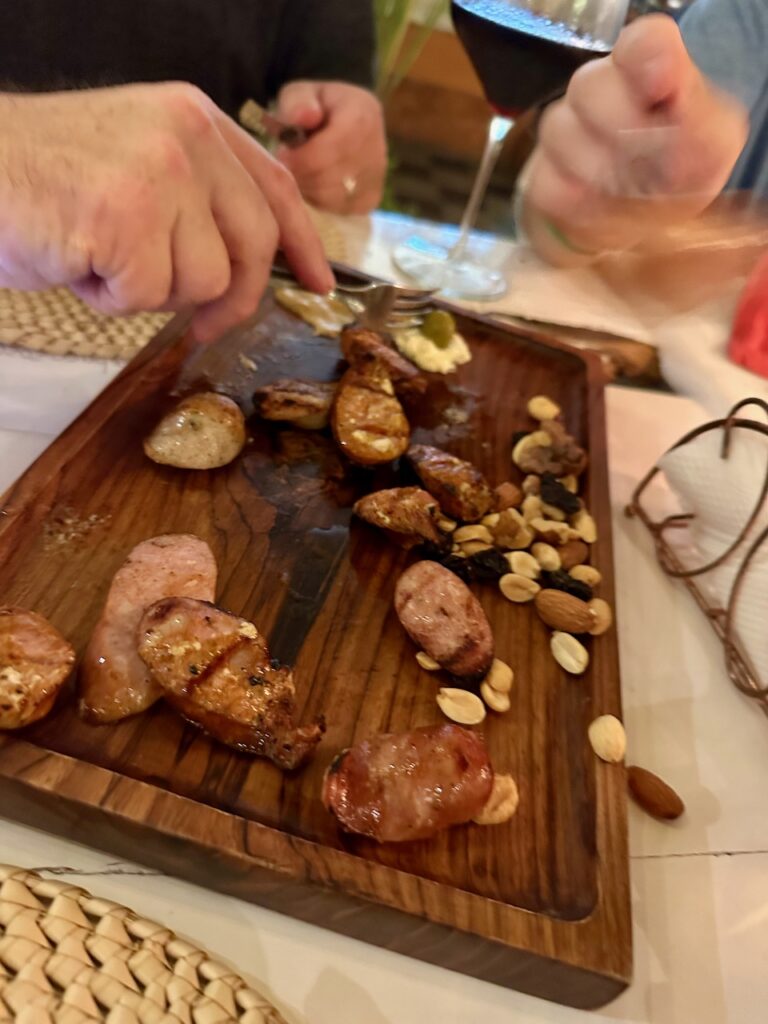
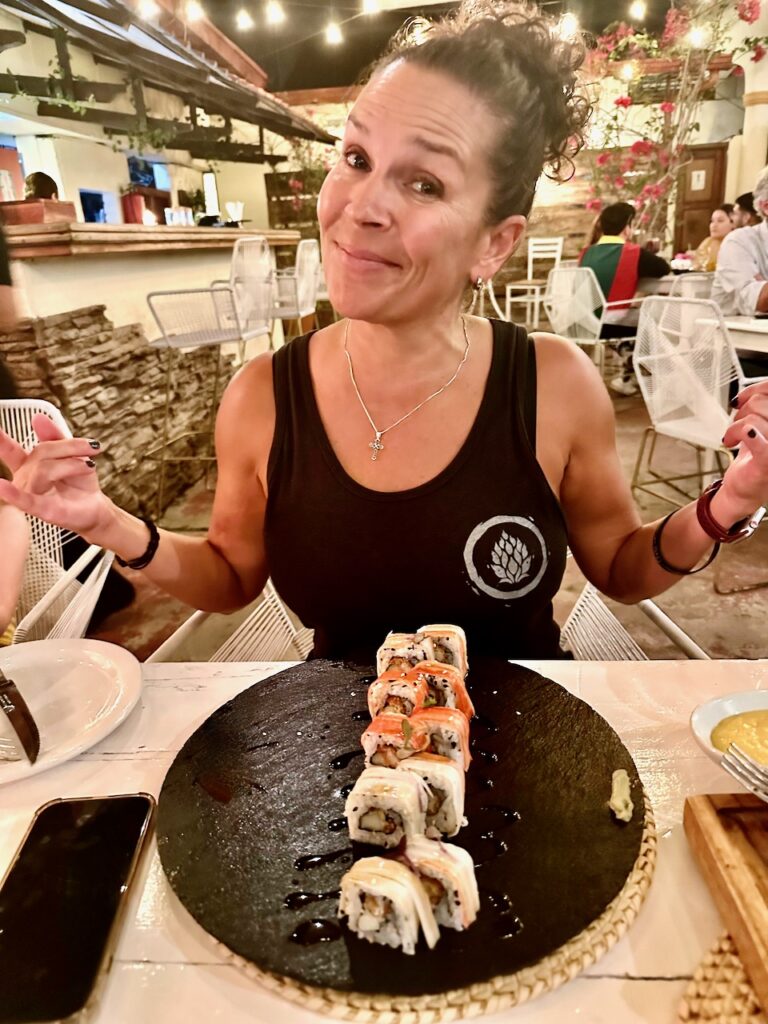
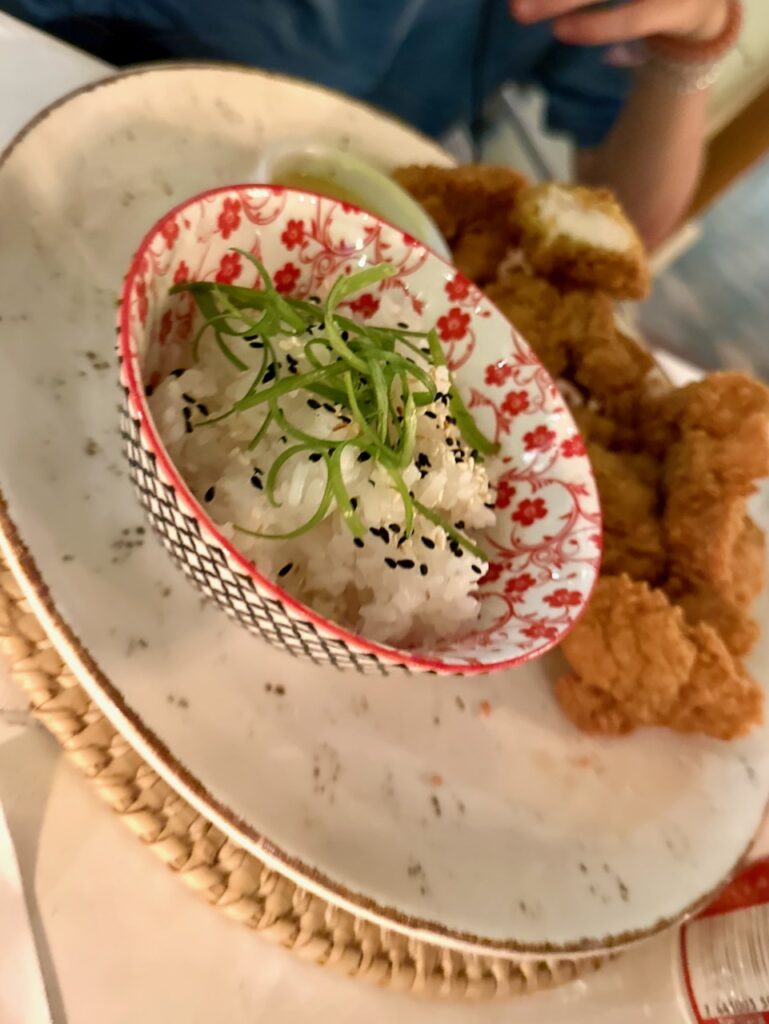
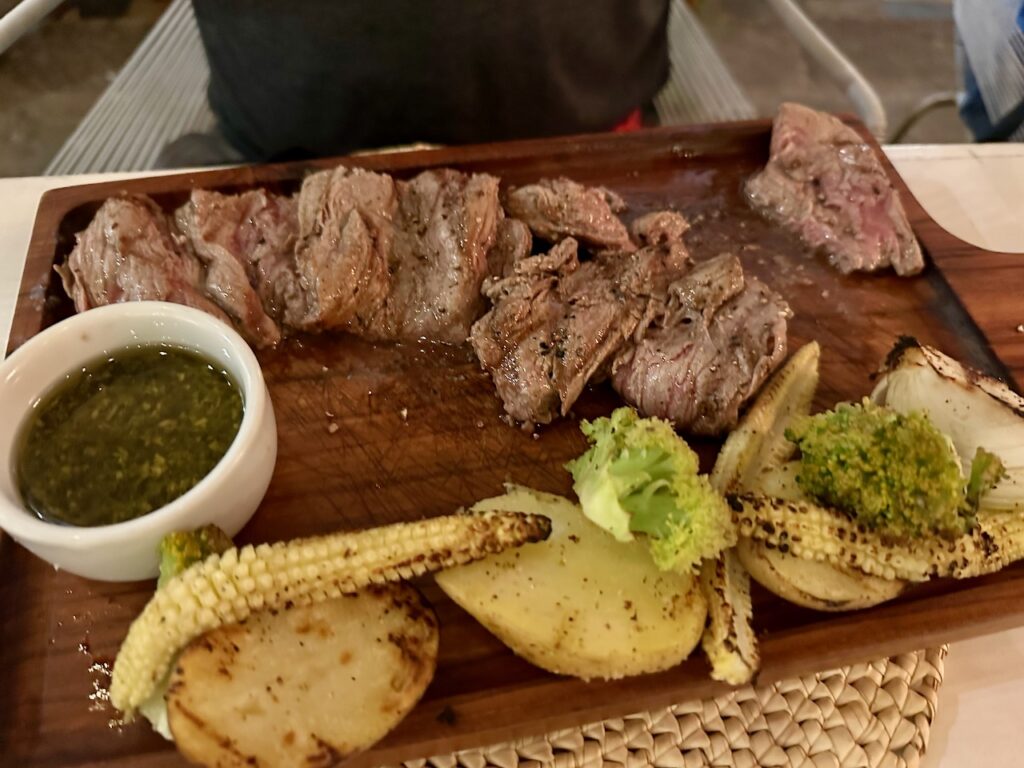
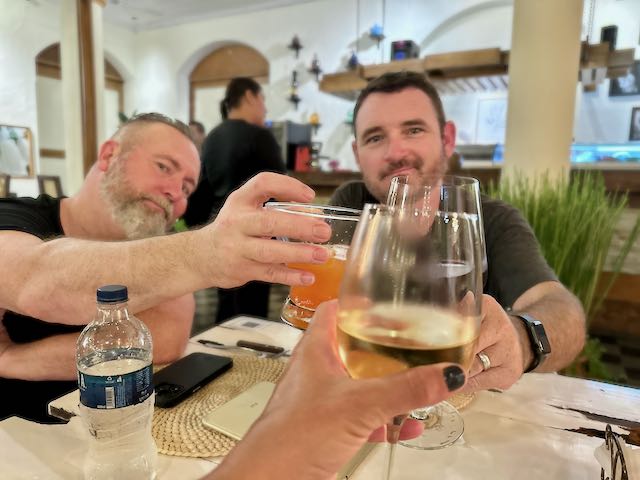
Other highly rated restaurants up for consideration were Pan De Vida Granada and La Frontera, but we didn’t have the opportunity to try them out.
Laguna de Apoyo
Laguna de Apoyo is a pristine lake about 25 minutes from Granada. It is located in the caldera of an extinct volcano and is one of Nicaragua’s most popular destinations. The surroundings are picturesque and strictly protected—no motorboats are allowed—making the water perfect for swimming.
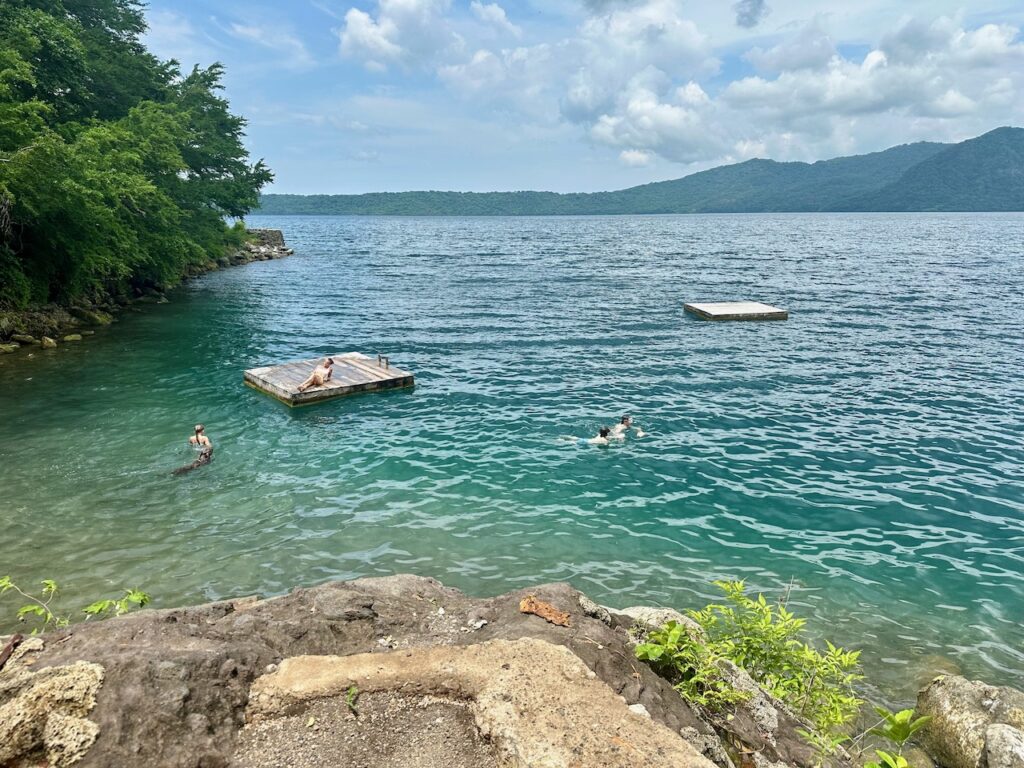
To access the lake, you can purchase a day pass to one of the local resorts—usually around $10—to use their facilities. These include lounge chairs, kayaks, canoes, and the option to dine at their restaurant.
Laguna Beach Club
After comparing various resort options, we chose Laguna Beach Club and were impressed by its amenities. The view of the lake is breathtaking, and the small onsite restaurant offers an incredible dining experience. We hadn’t planned on having a full meal, but who could resist a Tomahawk steak with sides for just $25? It was absolutely delicious! The kids shared some burgers and fries, which they said were tasty as well.
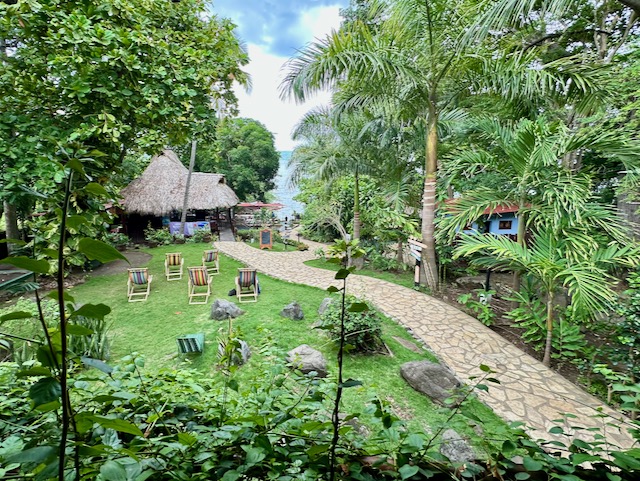
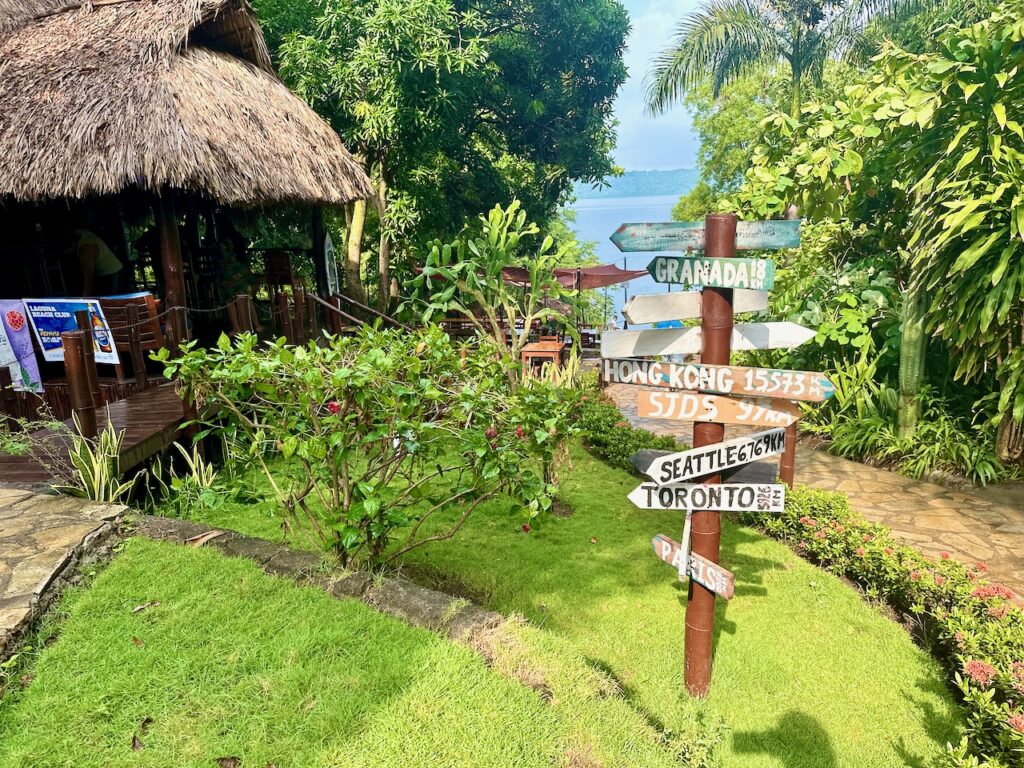
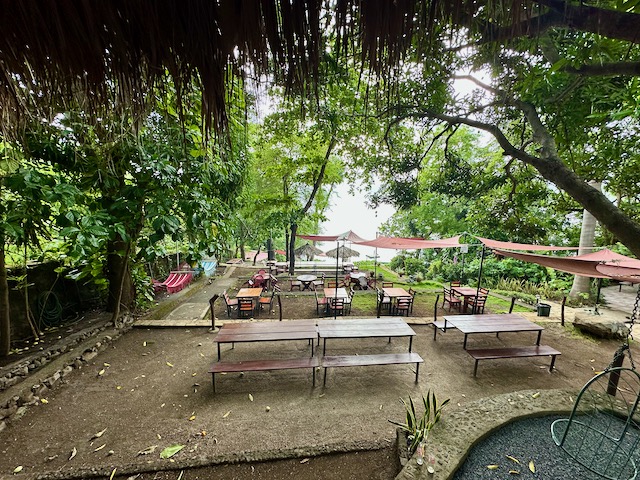
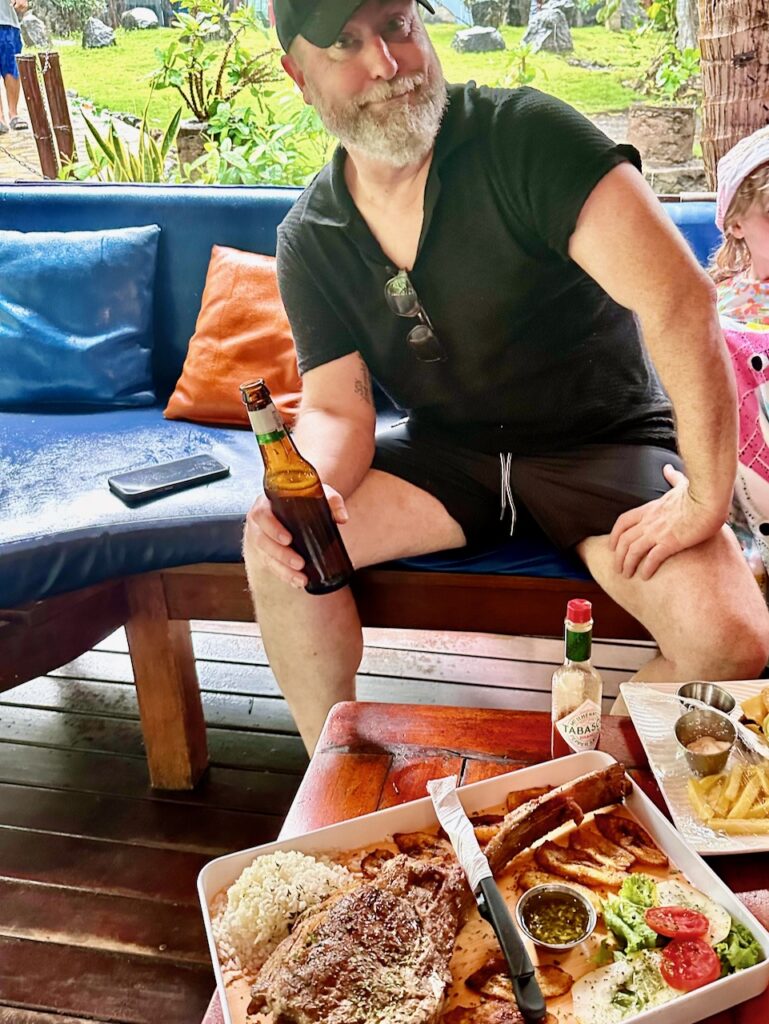
We spent the better part of a day atLaguna de Apoyo, swimming, kayaking, and lounging. Even on a cloudy day, describing how gorgeous it is in this secluded location is challenging. We would all return to Laguna de Apoyo if given the chance. It was one of the highlights of our trip. We can say the same about the Laguna Beach Club. The staff was friendly and helpful, and the amenities were clean and well-maintained.
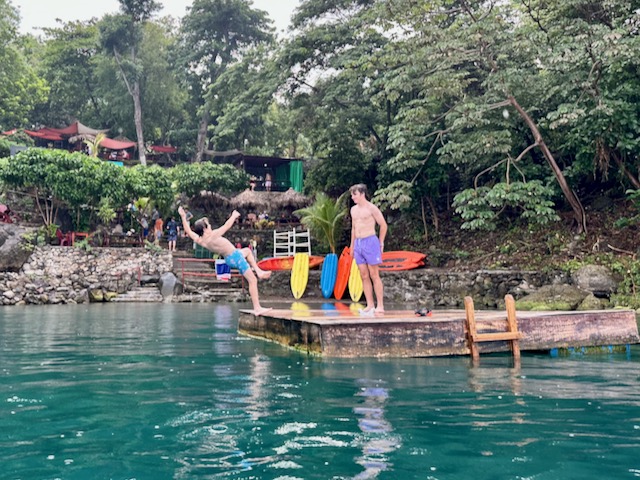
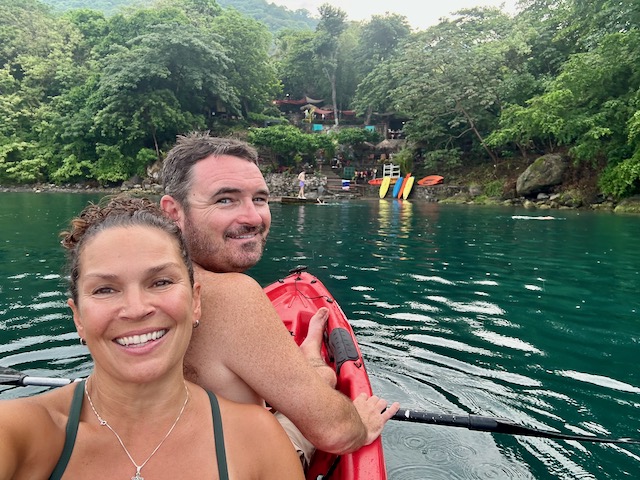
The beach club is part of a resort, so staying onsite and enjoying the lake for more than an afternoon is possible. We met several travelers who said their lodging was very comfortable. We chatted with them for some time and had several informative and entertaining conversations. Sometimes, the people you meet are the best part of traveling.
*Masaya Volcano
Note: We intended to visit Masaya Volcano, one of Nicaragua’s seven active volcanoes. We planned a sunset tour during our stay in Granada. However, the park was closed due to unusually high activity levels. If you are considering visiting the park, check Safety Alerts Here.
2-Days in Granada, Nicaragua Review
Having spent just two days in Granada, Nicaragua we can confidently say it’s worth a visit. In addition to all our fantastic experiences, the people were friendly, and communication was relatively easy despite our limited knowledge of the Spanish language. Granada and Nicaragua, in general, is very affordable and offer plenty of things to do.
There was only one time we felt a little unsafe. While walking home from dinner, a man seemed to be following us. Fortunately, there was a police officer very nearby, and with a single gesture from my hand, he halted the man, who stopped abruptly and walked in the opposite direction. Ironically, just a few minutes later, we had another unusual experience that was also misconstrued at first glance. What appeared to be a food vendor transporting a body down the street atop his cooler trolley was, in fact, a local taking his very inebriated friend home safely. Once we realized what was happening, we couldn’t help but laugh.
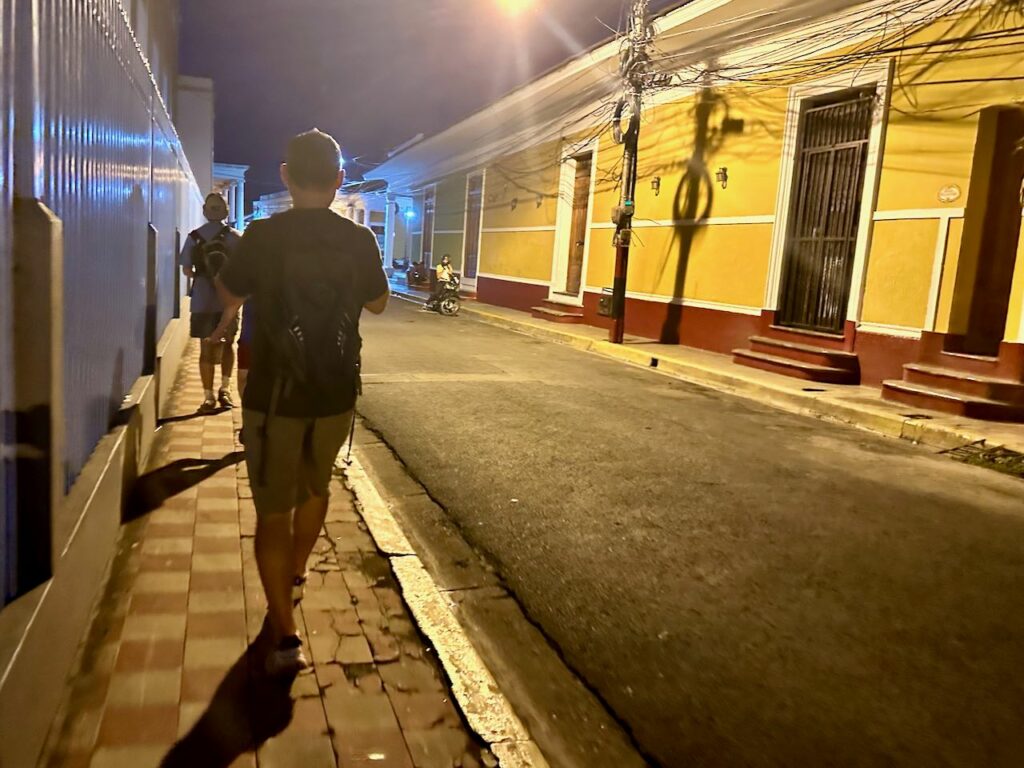
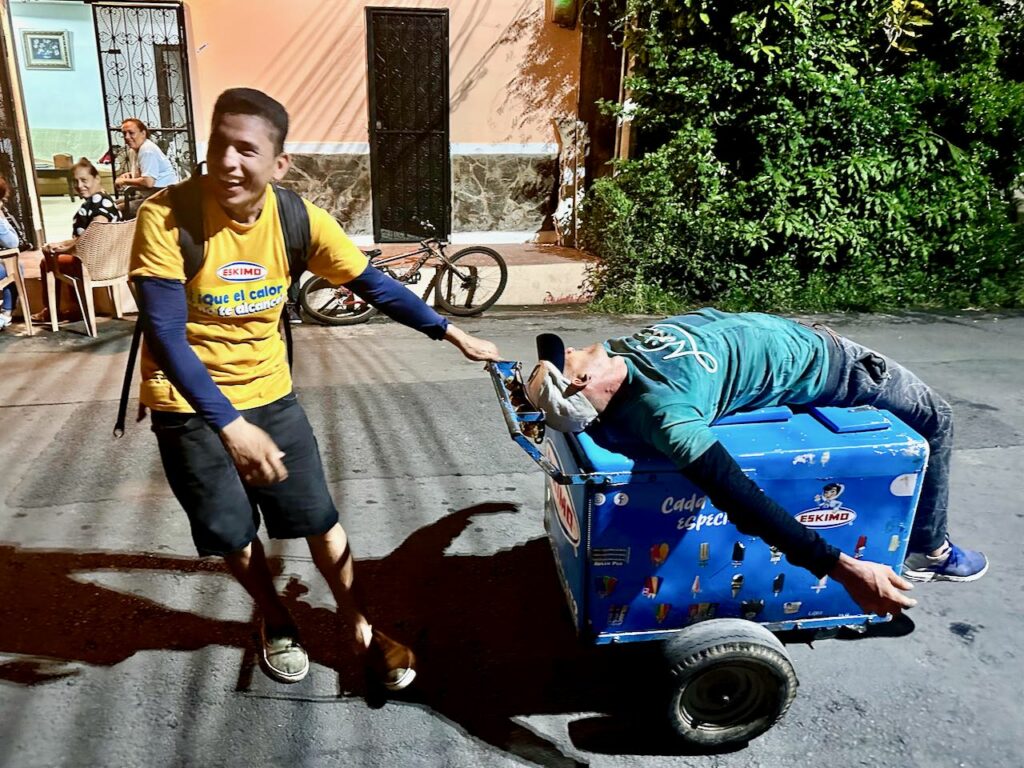
These situations are precisely why we rarely venture out after dark when traveling. You just never know what sort of environment you might find yourself in. It is wise to be aware of your surroundings and make common-sense decisions about walking around any city.

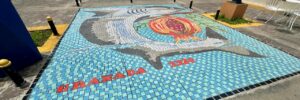

 4-Days in San Juan del Sur
4-Days in San Juan del Sur